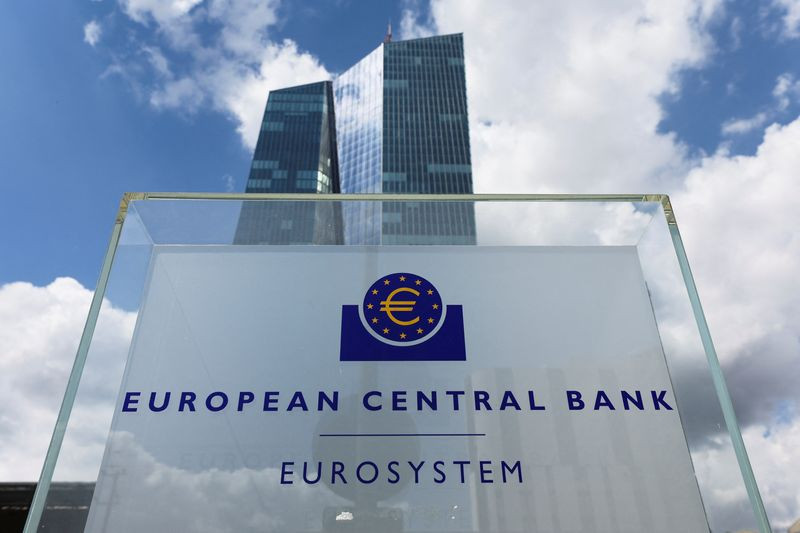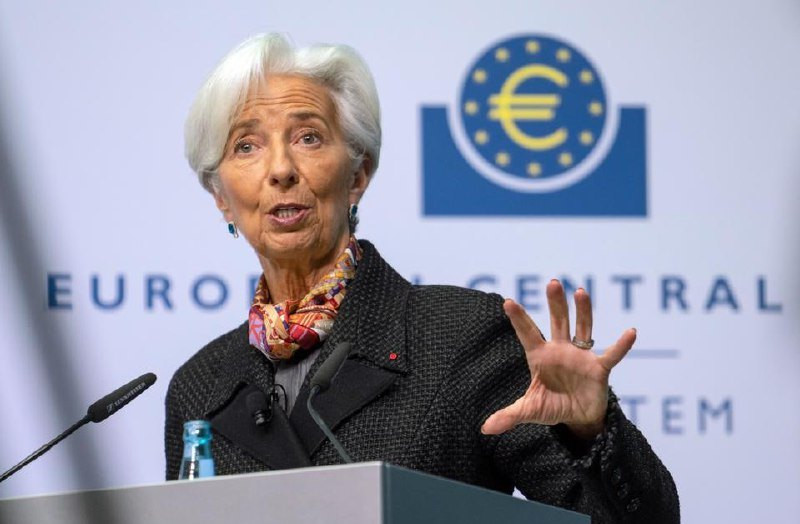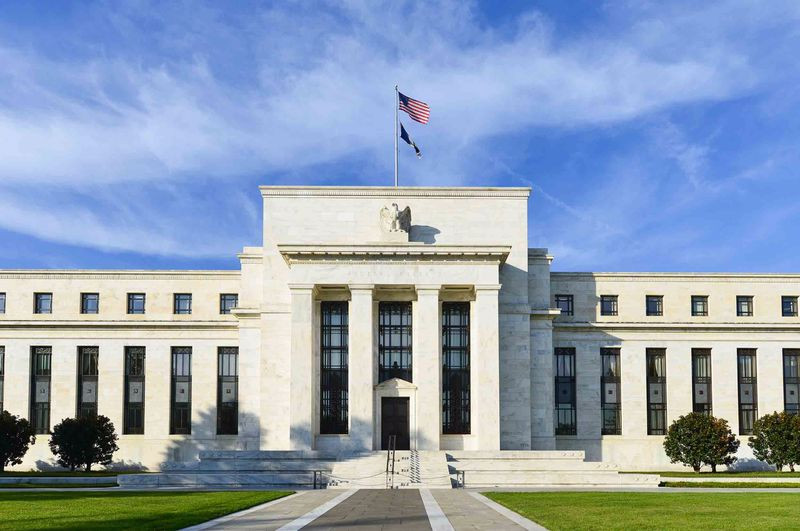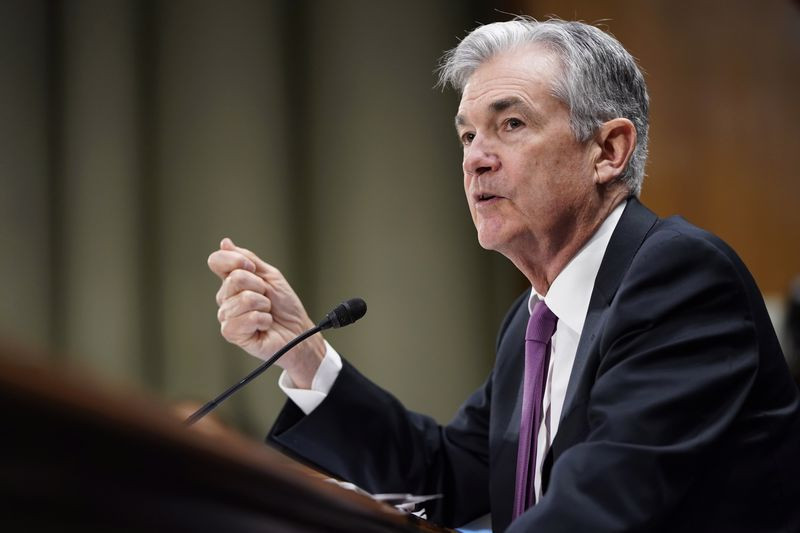
The EUR/USD pair continues to circle around the 0.9900 mark. Neither the bulls nor the bears have managed to seize control of the situation yet.
According to Commerzbank analysts, the main currency pair has reached a dead end and found itself in a tight situation.
"At the moment, mutual blocking remains in the EUR/USD pair: the euro is holding up well against the dollar as long as there is no unexpected news on monetary policy or geopolitics," they said.
Market participants are following the actions of the leading central banks, which, according to UBP strategists, are in a tug-of-war situation between the economic slowdown and high inflation.
Last Thursday, the European Central Bank raised interest rates by 75 basis points.
At the same time, the central bank excluded the reference to raising rates during the next few meetings, which was in its September statement.
The hawks in favor of raising interest rates barely noticed the change in guidance in the ECB's official statement, Reuters reported, citing knowledgeable sources.
However, the doves who defend lower rates called this change a victory, saying that it paved the way for the end of the ECB policy tightening cycle in December or, at the latest, in March, the agency reports.
Both camps also differed in their views on the economic prospects. The doves pointed to the recent drop in commodity prices, especially natural gas, as well as clear signs of recession in the eurozone.
The hawks, on the contrary, said that inflation shows no signs of declining and is likely to be fueled by wage growth and a weak euro. This means that slowing down the pace of rate hikes is not justified.
On Monday, Eurostat reported that in October, inflation in the 19 countries in the euro area accelerated to 10.7% from 9.9% a month earlier, exceeding the forecast of 10.2% and far exceeding the ECB's inflation target of 2%.
A separate report showed that the currency bloc's GDP expanded by 0.2% in the third quarter compared to the previous quarter, with an annual growth of 2.1%.

The fact that the eurozone economy has surprisingly turned out to be in good shape has allowed some analysts to argue that continued growth creates the prerequisites for the eurozone central bank to take further decisive steps to combat inflation.
In particular, Natixis analysts believe that the ECB will have to raise interest rates even much more than the Federal Reserve in order to achieve disinflationary dynamics.
They give the following arguments:
1. Higher overall inflation in the eurozone. The high level of core inflation shows that inflation in the eurozone is endogenous and is no longer only related to commodity prices.
2. Stronger wage growth in the currency bloc than in the United States, due to greater pressure on the labor market.
3. Much higher energy prices in the eurozone than in America, which is a consequence of the military conflict in Ukraine.
4. A much larger increase in import prices in the eurozone than in the United States, in particular, due to the depreciation of the euro.
5. A much more expansive fiscal policy in the currency bloc than in the United States, thanks to spending on increasing purchasing power.
At the same time, according to experts, given that the Fed has made significant progress in cooling the housing market, on the one hand, and on the other, raising rates leads to higher yields and increases the cost of servicing the US government debt, slowing the pace of monetary policy tightening in the US looks quite logical. And this is negative news for the greenback.
The growth of the EUR/USD pair, which has been observed since the end of September, was caused by the closure of short positions in the euro and long positions in the dollar due to increased expectations that the ECB will raise rates strongly, while the Fed will soften its hawkish tone.
Bundesbank President Joachim Nagel said on Tuesday that the eurozone central bank has a long way to go before it ends raising interest rates.
In the same vein, another ECB representative, Pablo Hernandez de Cos, mentioned that no one knows how far the central bank will have to raise interest rates.
ECB President Christine Lagarde, in turn, said that the financial institution should continue to raise interest rates in order to fight inflation.

"We are determined to do everything necessary to bring inflation back to our 2% target. The goal is clear, and we haven't reached it yet. We will have further rate hikes," Lagarde said.
Looking ahead, some economists warn that the eurozone will not be able to withstand a slide into negative growth for a long time. They believe that the ECB will be forced to slow down the pace of interest rate hikes.
"The picture in the eurozone remains gloomy, consumer confidence is near historical lows, as real wage growth is currently at its lowest in several decades. This significantly affects the prospects for consumption, as retail sales have already tended to decline in recent quarters," ING strategists noted.
"We still forecast a round of rate hikes in the eurozone by 50 bps in December, followed by a 25 bps hike at the ECB meeting in February," S&P Global analysts said.
Over the past three months, the ECB has raised rates by a total of 200 basis points and promised new increases in December.
Further rate hikes are likely to irritate EU political leaders.
French President Emmanuel Macron and Italian Prime Minister Giorgia Meloni have already expressed concern that such a tightening of policy could exacerbate the economic downturn in the region.
ECB President Christine Lagarde rejected the criticism, arguing that the central bank's job is to keep inflation under control.
"The longer inflation remains at such a high level, the greater the risk that it will spread throughout the economy," she said.
Meanwhile, a recent message from Chairman of the US Senate Banking Committee Sherrod Brown to Fed Chairman Jerome Powell highlights the political background on which the US central bank operates.
Brown urged Powell to be careful about tightening monetary policy.
"It is your job to fight inflation, but at the same time you should not lose sight of your responsibility to ensure full employment. We should avoid that our short-term successes and a strong labor market are suppressed by the consequences of aggressive monetary actions to reduce inflation, especially when the Fed's actions do not affect its main driving forces," Brown said in a letter addressed to the Board of Governors of the Fed.
The letter from Brown came at a time when his fellow Democrats across the country are struggling to maintain their fragile majority in the Senate. The midterm elections will be held less than a week after the Fed's November meeting.
Republicans blame the Democrats' help in fighting the pandemic and other policies for high inflation and say they will do a better job with the economy. Democrats, in turn, blame greedy corporations and supply chains for the price increase.

Fed officials were divided on the pace of further tightening.
Philadelphia Fed President Patrick Harker said officials are likely to raise interest rates well above 4% this year, while Chicago Fed Chief Charles Evans said excess could be costly and there is a lot of uncertainty about how restrictive the policy should actually become.
Thus, the waiting game for the Fed is still going on, investors are mostly in the dark until the US central bank gives clarity about its plans.
On Wednesday, traders were waiting for the announcement of the results of the November FOMC meeting.
According to CME Group, 88% of analysts expect the Fed to raise the key rate again by 75 basis points, to 3.75-4%, the rest allow an increase of 50 bps.
Experts also disagree on what actions the Fed will take in the future. Thus, according to the results of the December FOMC meeting, 48% of specialists expect the rate at 4.25-4.5%, 47% – at 4.5-4.75%.
Market participants will follow Powell's speech to get more clues about the future policy of the central bank at the end of this and next year.
As the price index of Americans' spending on personal consumption published on Friday showed, core inflation remained high in September. This indicator, used mainly by the Fed, increased by 0.5% on a monthly basis and by 5.1% compared to the same period last year, again being much higher than the Fed's intended target of 2%.
The US GDP report for the third quarter released a day earlier reflected that the indicator increased by 2.6%, surpassing the expected 2.4% rise and easing fears that the US economy is in recession.
However, experts are in no hurry to talk about an optimistic scenario for the US economy. They draw attention to the fact that the growth stronger than forecasts is largely due to the reduction of the trade deficit, which may be a one-time phenomenon. Prior to that, national GDP had been declining for two consecutive quarters, and in the fourth quarter, growth may turn negative again.
If Powell hints that the central bank intends to ease the tightening amid increased risks associated with the prospects for economic growth, the greenback will be under selling pressure. In this scenario, the EUR/USD pair may gain bullish momentum.
If Powell points to further aggressive tightening of policy, the dollar will continue to outpace its main competitors and force EUR/USD to turn down.

It is possible that Powell will once again make it clear that the pace of rate hikes will depend on incoming data.
In this vein, investors will follow the release on Friday of the October report on the labor market in the United States.
A strong employment release will put the dollar back on the rails of strengthening. In this case, the USD index may end the week with an increase with the prospect of updating 20-year highs above 115.
If the employment report reflects a "cooling" of the labor market, the greenback may resume a correction, the goals of which will have to be sought in the area below 110.
But such a step is likely to be short-lived.
The fact is that on the side of the dollar bulls, there is an increase in tension in relations between Washington and Beijing after a member of the Federal Communications Commission (FCC) USA Brendan Carr announced plans to visit Taiwan in the period from 2 to 4 November.
In addition, after the Fed meeting, traders will focus on the midterm elections in the United States, which will be held on November 8.
The victory of Republicans or Democrats is far from obvious. The uncertainty factor will support the protective US currency to the detriment of the European competitor.
Meanwhile, energy prices in Europe may prove to be a particularly important factor that should determine whether the single currency can maintain its recent growth relative to the American counterpart.
"So far, the weather in Europe has been very mild. It is obvious that winter is coming soon, and the question is whether energy prices will be able to stay low here," said strategists at Neuberger Berman.
The nearest support for EUR/USD is 0.9880 (the Fibonacci retracement level is 61.8%). Next are 0.9850 (100-day moving average) and 0.9820 (200-day moving average). Closing below the last level may attract more bears.
On the other hand, the 0.9900 mark serves as an initial resistance on the way to 0.9920 (50% Fibonacci retracement level) and 0.9960 (38.2% Fibonacci retracement level). If the bulls manage to overcome these obstacles, they can aim for 1.0000 again.
 English
English 
 Русский
Русский Bahasa Indonesia
Bahasa Indonesia Bahasa Malay
Bahasa Malay ไทย
ไทย Español
Español Deutsch
Deutsch Български
Български Français
Français Tiếng Việt
Tiếng Việt 中文
中文 বাংলা
বাংলা हिन्दी
हिन्दी Čeština
Čeština Українська
Українська Română
Română

